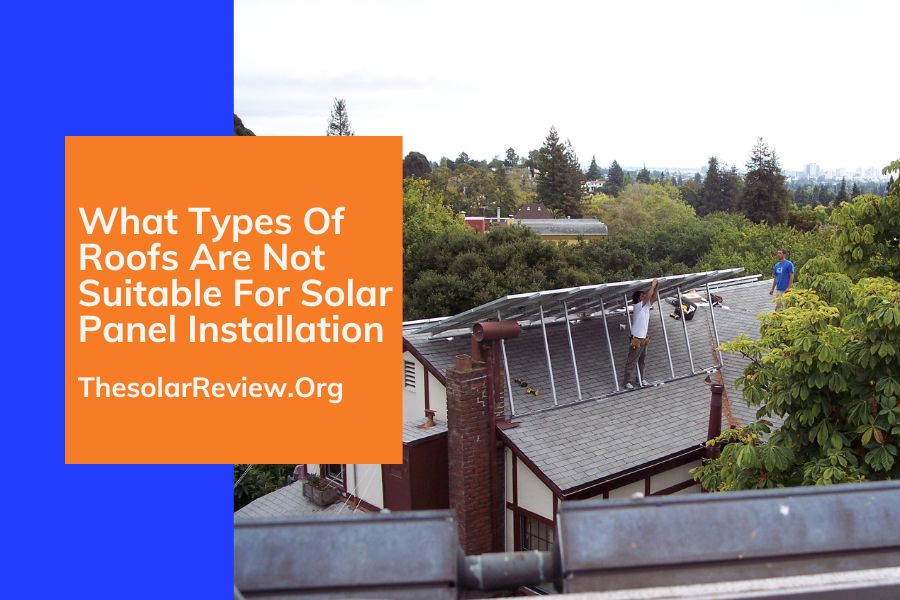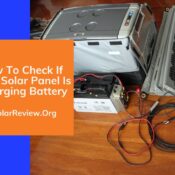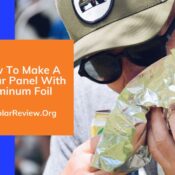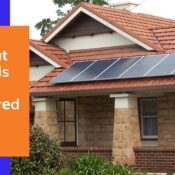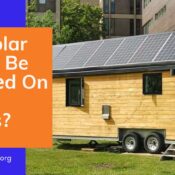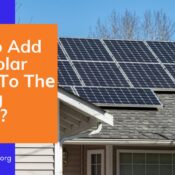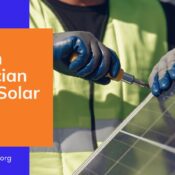Do you want to install solar panels on the roof of your home and want to know What Types Of Roofs Are Not Suitable For Solar Panel Installation? It’s a great way to save on electricity bills.
Not all tops can be equally compatible with solar panels. Some are ideal, while others require more concentration.
The information in this article is presented briefly. We will identify What Types Of Roofs Are Not Suitable For Solar Panel Installation and some modifications that may be required.
After reading this article, you will have a clearer picture of What Types Of Roofs Are Not Suitable For Solar Panel Installation and how to prepare for solar energy through the roof to take over your home.
Let’s look at What Types Of Roofs Are Not Suitable For Solar Panel Installation!
What Types Of Roofs Are Not Suitable For Solar Panel Installation
Different roof types that may not be suitable for installing solar panels will be examined, and reasons given with possible ways to make them right.
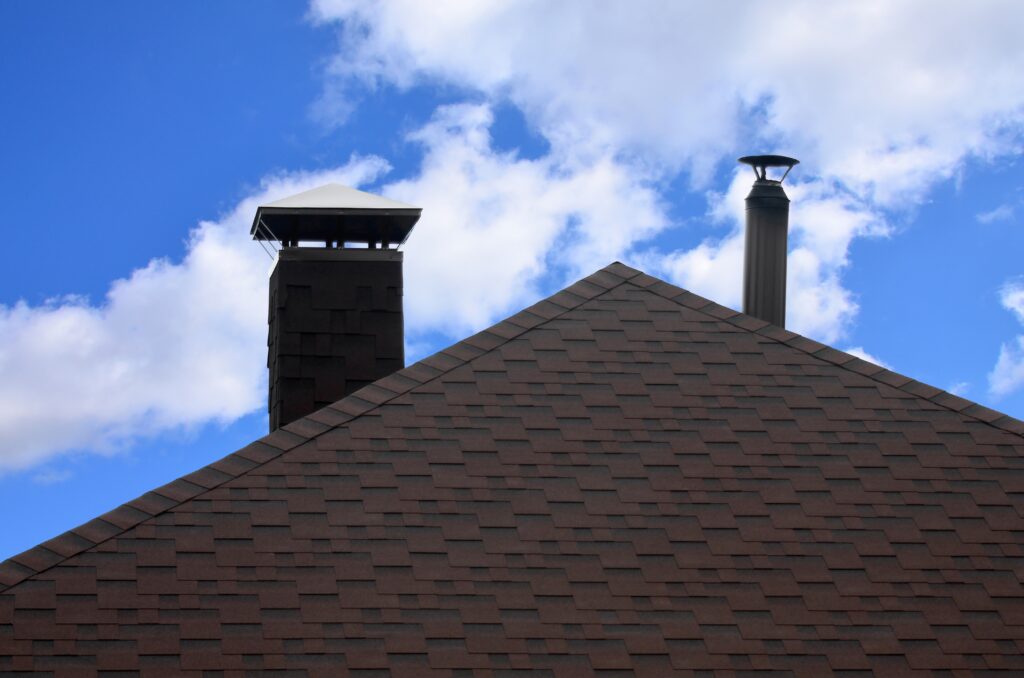
1. Slate Roofs
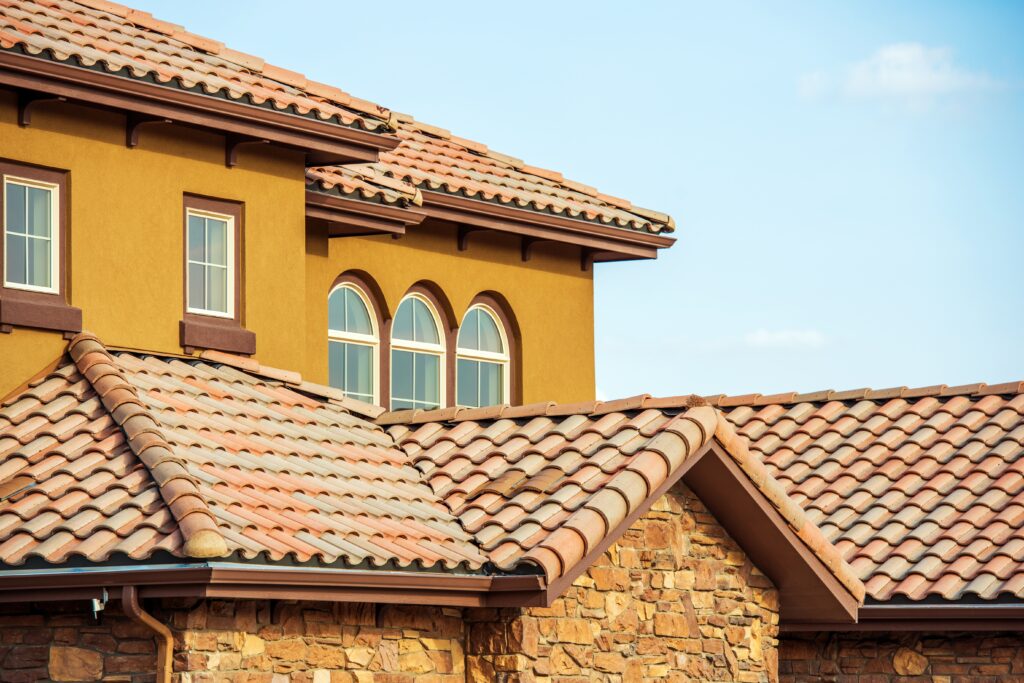
Materials: Slate roofing is made of thin, flat stones that can be brittle and heavy.
Issues: The softness and weight of slate tiles make them less suitable for all solar installations. Their structure causes tile damage and increased labor costs.
Remedy: If necessary, strengthen the roof structure to withstand the additional loads imposed by the installation of such a panel. Also, find another way to install solar panels.
2. Wood Shingle Roofs
Materials: Timber roofing has wooden overlays, making it attractive but unsustainable.
Challenges: The risk of tree rot and water damage can make it unsuitable for installing solar panels. Penetrating wood shingles can also weaken their integrity.
Solution: Ensure the shingles are in good shape and replace the damaged pieces. Use special lighting and mounts to secure panels and reduce shingle damage.
3. Thatched Roofs
Thatched roofs are made from natural materials such as grass or reeds.
Challenges: Installing solar panels on these can be difficult because they burn out, and the inserts can be damaged. In addition, fire safety is an issue.
Solution:
- Get advice from professionals who have experience with such installations.
- Consider building a separate enclosure for your solar panels.
- Do not compromise the integrity of the thatched roof.
4. Metal Roofs With Many Angles
Materials: Roofing materials such as steel can be made of aluminum, steel and copper. A metal roof with many corners can be a challenge.
Challenges: Traditional solar panel installations can be complicated if the metal roof system is complex and has many angles and angles. The roof angle may not be optimal for capturing maximum sunlight energy.
Solution: Hire a professional to design a solar system for your metal roof, considering the slope. An adjustable mount may be desirable to place the panels at the optimal angle.
5. Flat Roofs With Limited Load-Bearing Capacity
Material: Flat roofs are often constructed with materials like modified bitumen, EPDM, or TPO.
Challenges: Flat roofs with limited load-bearing capacity may struggle to support the weight of solar panels and require additional reinforcement.
Solution: Evaluate the structural integrity of the flat roof and ensure it can bear the weight of the panels. Reinforce the roof structure or consider ballast systems that do not penetrate the roof.
6. Tile Roofs
Materials: Tiles can be made from various materials, including clay, concrete or composite materials.
Challenges: The difficulty of installing solar panels on rooftops comes from the lockability of the tile. This process can be time-consuming and can lead to tile breakage.
Solution: Use unique flashing mounts designed for tile roofs to minimize damage. Hiring experienced installers who know how to install tile roofs is essential.
It should be noted that many of these types of roofs are still capable of accommodating solar panels, given the right strategies and solutions. Ensuring structural integrity during this step, using appropriate installation techniques, Roof Requirements and hiring experienced contractors are essential to ensuring these roofs are ideal for solar panel installations.
Which Roofs Work Best For Solar?
Certainly, let’s explore the types of roofs that are ideal for solar panel installation, their materials, and why they are well-suited for solar panels, along with any additional considerations for their installation.
1. Asphalt Shingle Roofing
Materials: Residential asphalt shingle roofs have asphalt-coated fiberglass or organic felt, one of the most common residential roofing materials that are lightweight yet durable.
Pros: Asphalt and shingle roofs are perfect hosts for solar panels because of their simplicity, which makes them easy to install.
Installation Considerations: Installing a solar panel on an asphalt roof requires no extra effort. Periodic roof inspection and installation are necessary to ensure proper installation.
2. Metal Roof
Material: Metal roofs can be constructed from various metals, including steel, aluminum, and copper. They are known for their durability and longevity.
Advantages: Metal roofs are excellent for solar panels due to their structural integrity and longevity. They can last for decades and are often designed to support the additional weight of solar panels.
Installation Considerations: Solar panels can typically be installed directly on the metal roof without structural reinforcements. Ensure that mounting and flashing are done correctly for a watertight seal.
3. Flat Roof With Heavy Load-Carrying Capacity
Materials: A flat roof can be made from various materials, such as modified bitumen, EPDM, or TPO. A flat roof with a heavy load-carrying capacity is ideal for installing solar panels.
Advantages: A flat, load-bearing roof can easily absorb the weight of a solar panel. Their open flat design allows for easy panel installation and customization.
Installation Considerations: Proper mounting and ballast systems may be required with regular inspections to ensure continuous support for the roof beams.
4. Concrete Tile Roofs
Material: Concrete tile roofs are molded concrete, providing durability and longevity.
Advantages: Concrete tile roofs are sturdy and offer excellent support for solar panels. They are resistant to damage and weathering.
Installation Considerations: Solar panel installation on concrete tile roofs may require specialized flashing and mounts designed for tile roofs. Experienced installers can ensure a proper fit without damaging the tiles.
5. Standing Seam Metal Roofs
Materials: Permanent fabric Steel roofs have horizontal seams where the beams join, creating a permanent seam design.
Benefits: A sturdy, wired steel roof makes the solar panels convenient, as it provides a direct attachment point to the wires; they are solid and long-lasting.
Installation Considerations: Special mounting clamps designed for solid roofs can be used for safe and waterproof installation of solar panels.
These types of roofs are usually ready for solar installation with minimal modification. Hiring a roofing installation professional who can assess your specific roofing needs and ensure a safe, secure, watertight installation is essential.
Regular maintenance and inspections are crucial to ensuring the long-term success of your solar panel system.
| Roof Type | Material | Suitability for Solar Panels | Reasons |
| Asphalt Shingle Roofs | Asphalt-coated fiber | Suitable | Standard design allows for straightforward installation. Provides good structural support. |
| Metal Roofs | Steel, Aluminum, etc. | Suitable | Known for durability, and longevity, and designed to support solar panels. |
| Flat Roofs (Strong Load-Bearing Capacity) | Various | Suitable | Strong load-bearing capacity easily supports solar panels. The flat design allows flexible placement. |
| Concrete Tile Roofs | Molded Concrete | Suitable | Sturdy and offers excellent support for solar panels. Resistant to damage and weathering. |
| Standing Seam Metal Roofs | Metal with Raised Seams | Suitable | Provides a straightforward attachment point along seams. Durable and long-lasting. |
| Slate Roofs | Thin, flat stone tiles | Less Suitable | Fragile and heavy material makes installation complex and may risk damage. |
| Wooden Shingle Roofs | Wooden Shingles | Less Suitable | Vulnerable to wood rot and moisture damage, challenging to penetrate without weakening integrity. |
| Thatch Roofs | Natural materials (straw, reed) | Less Suitable | Combustible nature and vulnerability to damage from penetrating mounts. Safety and fire concerns. |
| Metal Roofs with Many Angles | Various Metals | Less Suitable | Complex angles can complicate traditional solar panel installation. Roof angles may not be optimal. |
| Flat Roofs (Limited Load-Bearing Capacity) | Various Materials | Less Suitable | Limited load-bearing capacity may require roof reinforcement to support solar panels. |
Conclusion: What Types Of Roofs Are Not Suitable For Solar Panel Installation
Not all roofs are equally suitable for installing solar panels, and it is essential to look at specific roof characteristics before embarking on a sustainable energy journey. Using slate, limited wooden shingles, thatch, polygonal complex metal, and flat roofs produced load-carrying capacity is possible.
Solar panels can be installed on these roofs with proper energy and professional advice. On the other hand, asphalt shingle roofs, metal roofs, heavy-duty flat roofs, concrete tile roofs, and durable seam and metal roofs are well suited for solar installation with minimal modifications involving skilled workers, followed by proper installation techniques, and regular maintenance is essential to ensure the long-term success of your solar panel system.
Choosing the right roof and taking the necessary precautions will help you get the most out of solar energy and minimize potential complications.

